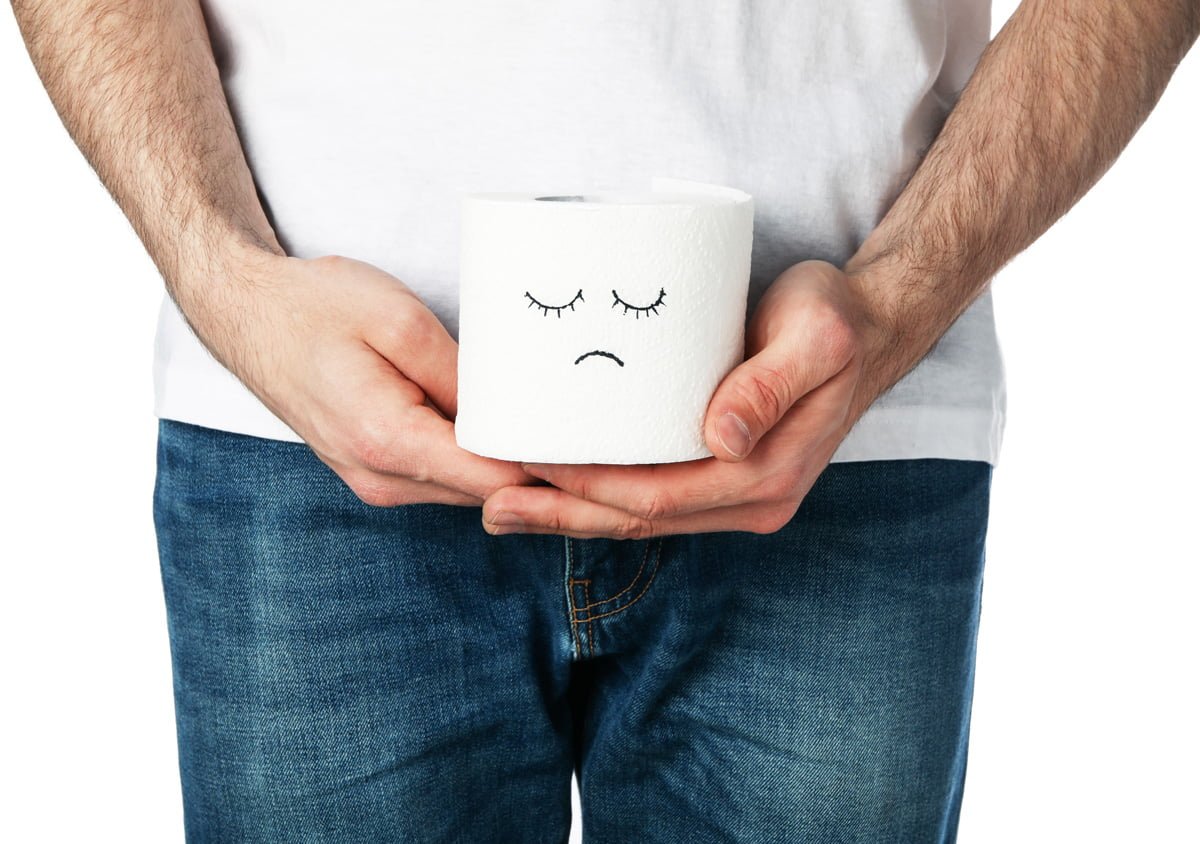- Sponsored Content

We know men don’t think much about their prostate … until they must. But early intervention leads to more positive outcomes. Here’s what men (and their partners) can be aware of.
What is the prostate gland?
This small gland only exists in males. Around the size of a walnut, it sits just below the bladder and surrounds part of the urethra, the tube that carries urine from your bladder. It helps to make some of the fluid in semen so it’s also part of the reproductive system.
What problems can it cause?
1 Prostate enlargement
This is the most common issue. In most men the prostate starts to slowly enlarge from their 40s, but symptoms are rare in those under 50. As the prostate enlarges, it can compress the urethra and cause symptoms in around 30% of men such as:
- Difficulty initiating urination and reduced flow
- Needing to pass urine more frequently (most noticeable at night)
- Needing to pee more urgently
- Having to stop and start peeing
- A feeling of a full bladder
Treatment for prostate enlargement varies. In many men we can simply do nothing and see how things progress over time. In others, lifestyle changes such as changing the timing of fluid intake and adjusting caffeine and alcohol intake can be enough. A number of medications can control symptoms.
2 Prostatitis
Inflammation of the prostate is called prostatitis and it’s usually caused by infection. Some men with chronic prostatitis can identify triggers and adjust their lifestyle accordingly. Common symptoms are difficulty passing urine, pelvic pain and fever/chills. Bacterial prostatitis needs prompt management as it can become serious if left untreated. Prostatitis can be sexually transmitted but is often caused by bacteria in the urinary tract.Symptoms include:
- Pain or burning sensation when urinating (dysuria)
- Difficulty urinating, such as dribbling or hesitant urination
- Frequent urination, particularly at night (nocturia)
- Urgent need to urinate
- Cloudy urine
- Blood in the urine
- Pain in the abdomen, groin or lower back
3 Prostate Cancer
This is one of the most common types of cancer in men. Risk factors include increasing age, having a relative with prostate cancer, Afro-Caribbean ethnicity and obesity. Symptoms overlap with prostate enlargement and include reduced urine flow, frequent urination as well as blood in the urine, erectile dysfunction, weight loss and back pain. Screening for prostate cancer should be discussed with your doctor at around 50 years old, or younger if you have symptoms mentioned above.
Prostate testing
A number of tests can be performed to check the prostate. A digital rectal exam is a quick examination which causes minimal discomfort (please be reassured that for doctors this is completely routine and nothing to be embarrassed about). A blood test can check PSA, a blood antigen that is specific to the prostate gland. In cases of suspected cancer, a biopsy or scan can also be undertaken.
Stop the shame
Prostate issues are common, but many men feel awkward discussing symptoms. All of the conditions here are treatable if caught early. If you’re worried, please share concerns with your doctor, who can help you to decide the best course of action.
FACING FACTS
- Prostate cancer is the second most common cancer in men worldwide (after lung cancer)
- The 5-year survival for early stage prostate cancer is nearly 100%
- According to the American Cancer Society, 42% men say they are not familiar with the warning symptoms of prostate cancer
- 25% men say they have never discussed a prostate screening with their doctor
For more information
 Visit our website or make an appointment to learn how we can help you to take control of your own health and wellbeing. osler-health.com
Visit our website or make an appointment to learn how we can help you to take control of your own health and wellbeing. osler-health.com
 Dr Neil Forrest is based at Osler Health Star Vista. If you have never visited Osler Health before you are welcome to go to Google Business reviews to see what others think.
Dr Neil Forrest is based at Osler Health Star Vista. If you have never visited Osler Health before you are welcome to go to Google Business reviews to see what others think.
Fact box source: cancerresearch.org








